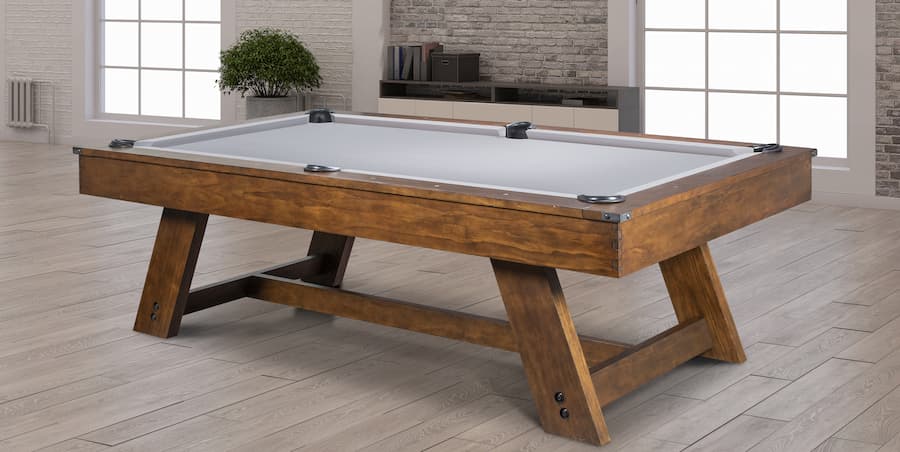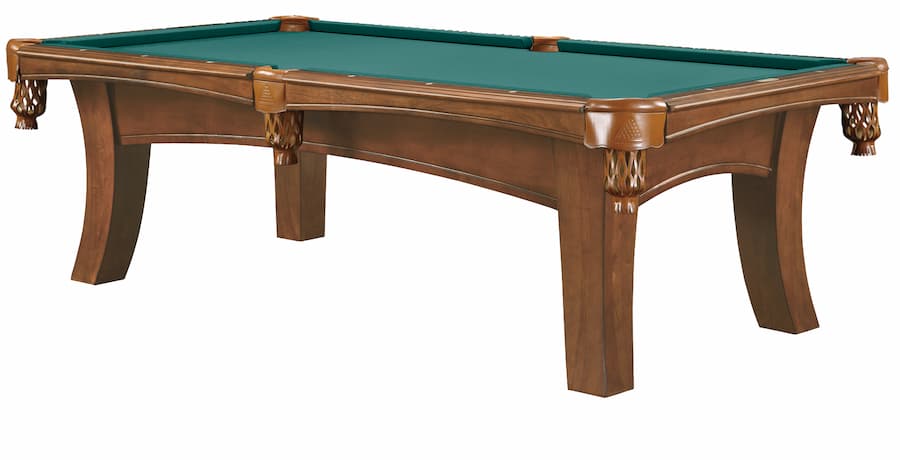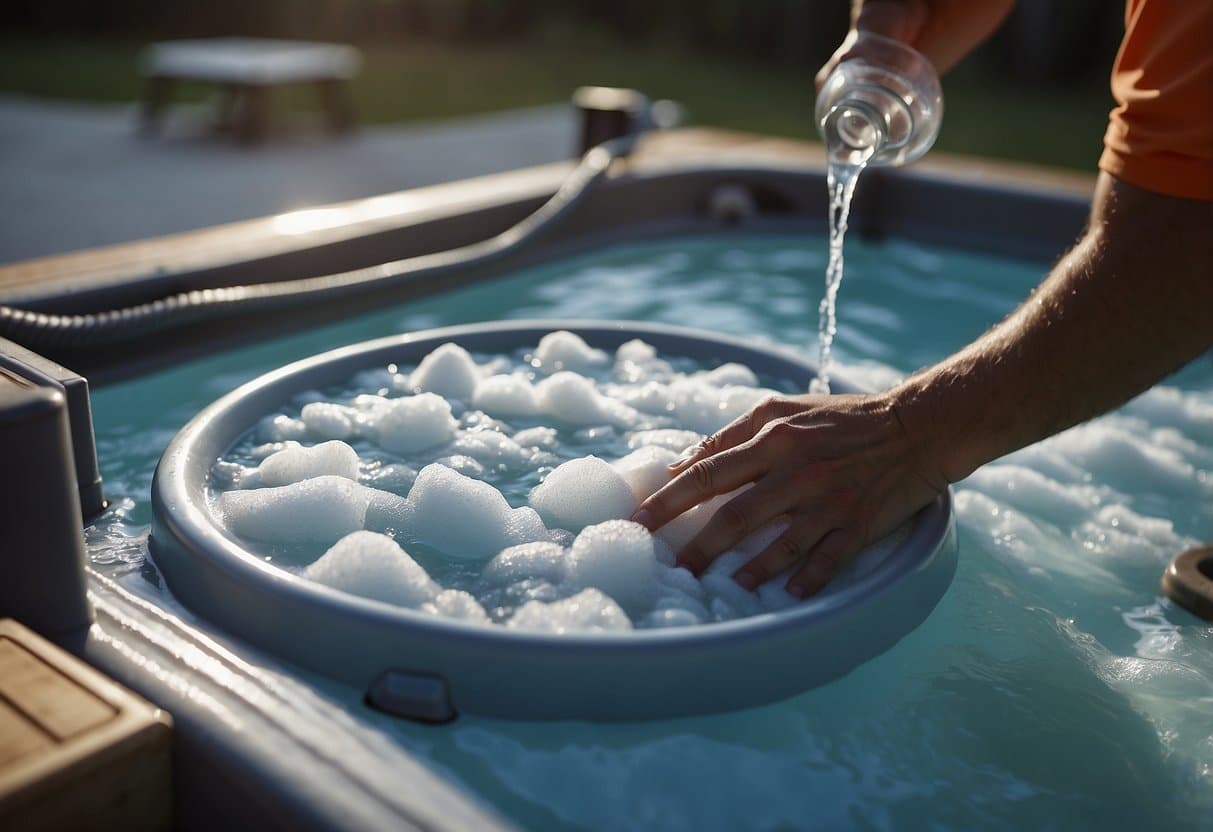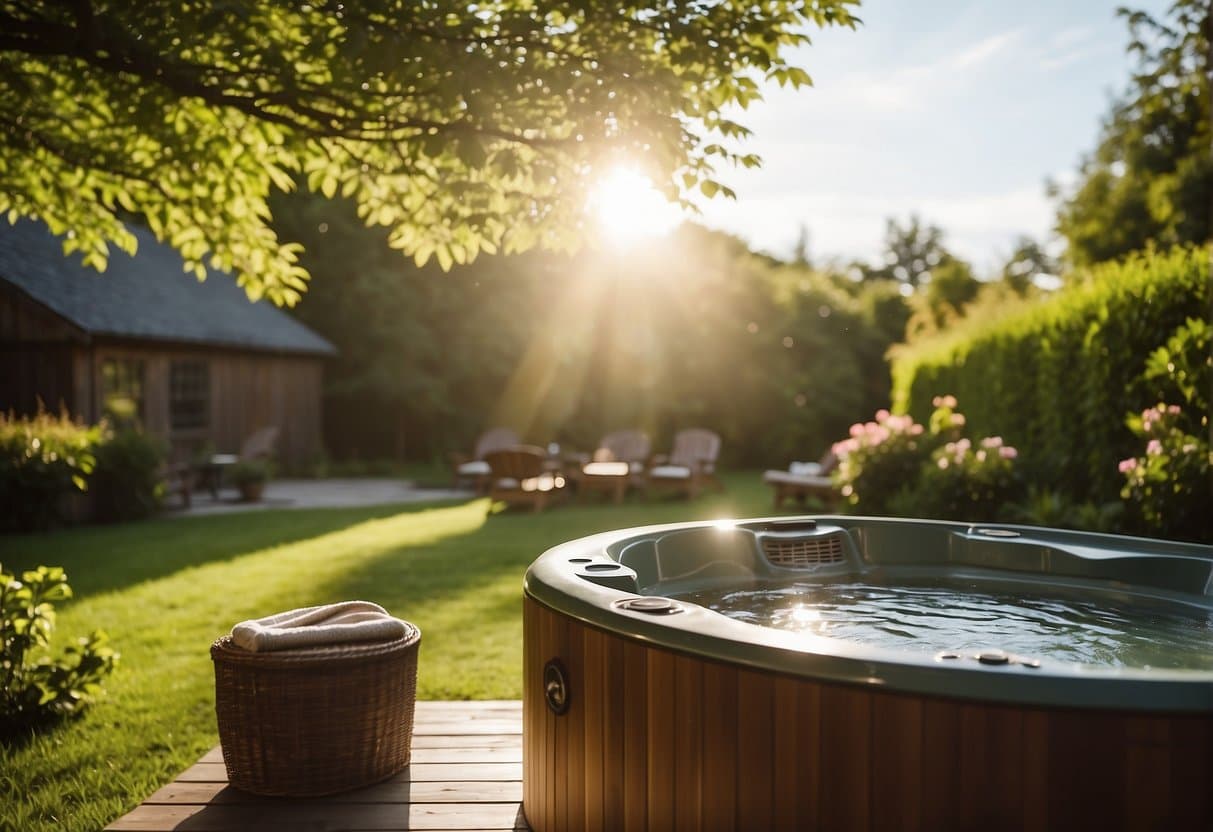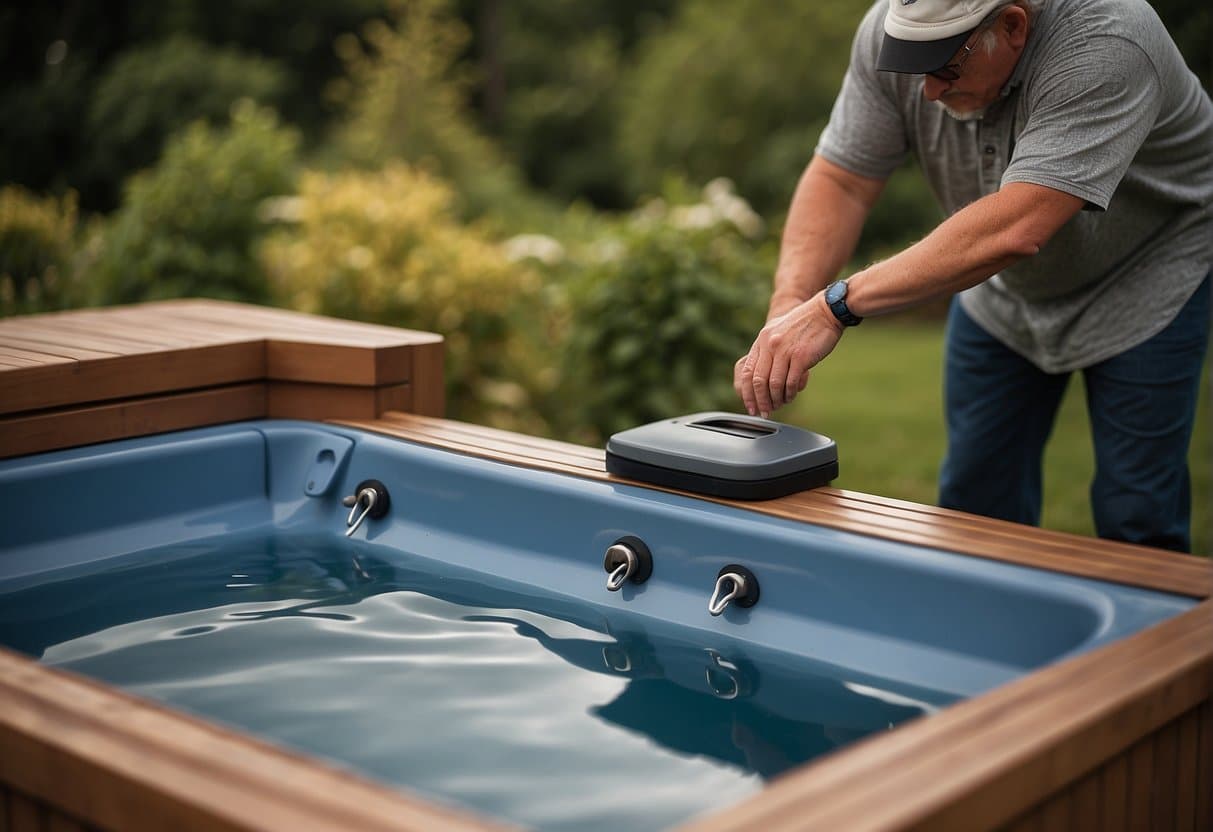Regardless of where you’re at in your billiards journey, there will always be a few billiards tips destined to improve your game at each stage of progression. Generally, the occasional player begins honing their skills much too aggressively, resulting in a poor mastering of the fundamentals of billiards.
Learning and practicing as much as possible is vital for any beginner or seasoned player hoping to brush up on their skills and advance. Failure to learn and understand the basics of pool will hold back even the most eager players.
Take the proper amount of time to understand the game. Knowing the rules, and the various executions required will increase a player’s skill and enjoyment simultaneously. Use the following billiard tips to make you a stronger, more confident player.

Build Your Cornerstone
Before any balls can get rolling, your hands, arms, and body need to be in a stable position. This requires balance control and correct foot placement to create the strongest striking position. One that will withstand the occasional bump from a passerby. This is especially important if you enjoy playing in bars or other areas that are generally crowded.
How to align your body
The right body alignment is mandatory for accurate pool shots. Proper body alignment in billiard games means that your head, eyes, stroking arm, and the cue have been lined up straight toward the targeted cue ball. Gaming enthusiasts refer to this as the vision center. Keep your head low and square to your aiming line to hone your body alignment skills. At this point, your eyes must be level. Ensure to line up your cue such that the tip gets as close to the ball’s vertical center line as possible.
After you ascertain that your cue and the sightline are properly aligned, ensure that your forearm is similarly perpendicular and in line with the cue. You can practice some shots when you feel the alignment is right. Simply stroke the ball to your opposite corner pocket. You can also practice straight shots to the farthest cushion while remaining dead center. When you do that as often as possible, you will ultimately feel your proper alignment. Once you learn a technique, the best thing to do is practice it over and over again in every shot.
With a solid lower body position in place, the hand bridge comes next.
Practice your bridges
People who are new to pool games are probably wondering what bridges are. Simply put, your bridge is the non-shooting hand you use to guide and slide the cue toward the cue ball. This is a very important aspect of the game, given that it guides your shots. Mastering other billiard tips and disregarding this one will definitely affect your game.
There are two bridge types in the pool:
- Open bridges
- Closed bridges
The latter is for advanced players looking to strike the ball so hard and with better spin, and we shall therefore confine ourselves to the open bridge.
Working on your open bridge is not hard. Simply press the fingers of your bridge (non-shooting hand) firmly down on the pool table. After that, press your forefinger with your thumb to form a “V.” Then, place the cue’s end on that “V” while using your index finger and thumb to guide the shot. You can raise or lower your bridge by basically adjusting the angles of the fingers when pressing firmly against the pool table. The aim here is to form a good foundation for the cue. Practice this until it becomes comfortable and you get into a position where you can do that consistently.
Practice your grip
A mistake that beginners commonly commit is gripping the cue stick very tightly. Something in their mind tells them that gripping the cue harder makes the shot precise. Since this is false, you must train yourself to use a loose grip. Holding the cue too tightly could raise the butt of your cue as you shoot. That makes it hard to execute an accurate shot. A too-tight grip is also likely to increase a player’s chances of hitting the ball too low, making it jump off the table.
Hold the cue lightly, as opposed to a tight grip, as you allow it to rest on the fingers. As you practice, ensure to spend enough time on the grip. Make it as light as possible as you shoot with ultimate control. Upon achieving proper balance, keep training until you can grip your cue lightly and maintain proper control simultaneously.
Imagine an aiming line
In pool games, knowing the pocket you wish to sink your target ball is crucial. While this seems obvious, finding the right path to your target pocket is not. It does not matter whether you take a bank or combo shot here. When preparing for a shot, it is advisable to find the central point of your target pocket. From this, try to have an imaginary line in your mind from the center of your target cue ball to the central point of the pocket you wish to sink the ball.
Your imaginary line runs through the back of the target ball to the spot where you make contact with the ball. In your pre-shot routines, follow the aiming line closely with your eyes from your target pocket to your cue ball. You should also do that through the cue ball to your target. Once you are ready to take the shot, keep your eyes focused on that central point of your target cue ball.
It is important to imagine aiming lines for each shot as you practice. You should also practice following the imaginary line back and forth to your target ball before you settle for a shot. With time, that will naturally become part of your routine.
Strike Consciously
With your cornerstone built and ready for action, take a few moments to align and prepare for each shot. The swing of your cue should only be powered by your forearm, another crucial aspect often overlooked by beginners.
The swing of your cue is vital in shot accuracy, speed, and trick shots. Beginners often fall into the temptation of whacking the object ball with as much strength as they can muster, assuming this will allow for greater control and accuracy.
This is false, as shooting too fast will only cause balls to fly or roll wildly without aim. To mitigate this, hold the cue with a loose grip, just barely gripping it with the ends of your fingers. Your palm should not touch the cue-imagine the cue is hanging from your fingers.
It is tempting to swing with a motion similar to throwing a ball, using the upper arm, shoulders, and even the upper body, but this will overpower your shots much like a grip that is too strong. Instead, consider your stroke to be a pendulum swing, hinging from your elbow.
Your backswing should remain slow and controlled regardless of your shot distance or type, while the front swing controls power and speed.
Once this groundwork is in place, practice your aim by imagining a ghost ball where you want to strike the object ball. This will create a more precise aim, rather than aiming in the general direction of your object ball and hoping your cue ball will hit it in the spot you’d like. In addition, your aim should come from your entire body and not your cue alone. Align your chin above the cue and your shoulders, feet, and core along this imagined centre line. This will give you a stronger aim, as everything in your stance and position is geared for precision.
Prioritize Control Over Speed
As aforementioned, there is a common misconception that hitting the ball hard will result in better aim and essentially force your object ball down into a pocket. This seems natural, but true control comes from strokes that are soft and controlled. This is especially important when shooting angled shots and tight shots, as sending your object ball careening around the table may knock your opponent’s balls into pockets or better align them for an easy shot.
Following through on your strokes is important as well, as this further engrains the motion into your mind and body and keeps shots from falling short. Try to aim your cue four to six inches past your object ball to get a complete range of motion. Additionally, ensure that you’ve chalked your cue before each strike. The chalk helps the grip between the tip of the pool cue and the ball, an aspect vitally important in aiming true.
Develop a pre-shot routine
Your pre-shot routine simply refers to how players pace themselves during the game. It is simply what gets players into their rhythm. That is different depending on the player and could include several things. Some players prefer taking quick surveys on the billiard table and chalking the cue stick tip before giving silent eyes to the target pockets.
As a player, it is good to develop a pre-shout habit where you can spend some time focusing on your target pocket. From that, it becomes possible to determine an aiming line as you establish your vision center behind the target ball. After placing the cue stick behind the central point of your ball, you can align your body before taking the shot. With time, this should be a focused and smooth process that happens naturally before every shot. You will realize how finding a pre-shot routine and doing that repeatedly helps to improve your gaming skills.
Chalk between shots
If you are new to the game of billiards, you might wonder why players keep applying chalk on the end of the cue sticks. Players do this to add friction to the cue stick. Simply put, chalk helps to add motion resistance between the cue and the spot it hits your cue ball. Despite players knowing the importance of chalking between shots, few actually do it wrongly. Most people twist the chalk around their cue tips back and forth. This is wrong since you will take off most of the chalk you just applied as you turn the chalk in the other direction. Consequently, this creates chalk patches on the cue, which isn’t spread evenly.
The right way to do it is to wipe the chalk on your cue’s tip in a straight line and turn the stick while applying the chalk. Apart from giving you uniformly-spread chalk, this will also prevent miscuing. It is also important to understand what cue stick you are using, given that they arrive at varying hardness levels. Cue sticks with a soft tip hold more chalk but lose the chalk faster than those with a hard tip. Ideally, there are so many ways that you can chalk the cue. All that matters is having a uniform chalk layer across the entire cue tip to help you take the most perfect shots.
Play And Practice Methodically
Jumping right into a game of pool sounds like a fun and easy way to quickly increase your skills, but this instinct may work to harm your progression rather than enable it. Additionally, shooting balls to and fro without any real goal behind your practice will, unfortunately, lead to a slower progression as a player.
Instead, consider replacing the all-in mentality with one of controlled, broad progression and switch out random strike practicing with drills and real-game setups. Practicing in any sense or amount will bolster your skills, but choosing drills that focus on problem areas you hope to lockdown is a great way to become a well-seasoned billiards player.
A beneficial drill for beginners is the center drill, which aims to enforce consistent center hits. Hitting center and true is another vital pool skill to possess, but this can only be obtained through careful practice.
Try hitting your cue ball into the opposite table wall–a true center strike will send the ball right back to the tip of your cue. Hitting dead center is a finicky, frustrating feat to accomplish, but using center drills will make the process much less intimidating and make you an overall better player.
Allow Failure To Teach
Losing a match or hitting balls wrong over and over again is an understandably difficult, frustrating thing to experience. However, allowing what goes wrong to teach you how to make it right is the best (and free) way to improve.
If a particular shot costs you a game, practice it until you have it mastered.
If you’re struggling to aim accurately, take the time to calm down and focus, as oftentimes the only threat to your game is yourself.
Pool is not a game of chance, nor a game of pure skill. Like chess, playing billiards takes strategy and a clear plan of action that you must create and adjust. Hoping to get lucky will only set you up for disappointment, but a careful strategy will focus your mind and body on the final objective.
Looking to own a brand new pool table for the first time? Check out our Pool Table Buyers Guide and make an informed decision about your investment.

